The Forest Lady: Maya Yogi and her way to inspire people for wildlife conservation
This story was initially created for WWF-Nepal
Photography: Nikolay Stoykov
Text: Fani Bachvarova
Have you met someone who is gathering hundreds of people around a single idea – to grow and protect their own community forest?
Probably, it doesn’t sound very familiar to many of you and indeed Maya’s story is exciting!
It starts back then when there was no forest in Khata corridor in Nepal at all – no jungle, no trees, nothing but a desolated field. Today, it is a dense and lush green forest with many wildlife species roaming around. In the recent years, about 8 to 9 tigers were captured here passing the corridor from Nepal to India, also wild elephant and bore often are coming.
Maya works as a Community Conservation Facilitator in the Terai Arc Landscape programme (TAL programme [1]) since 2001, already for 16 years. She helps with community engagement, office management support, participates to public hearings and public auditing of the Community Forest User Groups, facilitates on-the-ground conservation measures within the community and raises awareness among the people about conservation, the benefits for people of forest resources use and more.
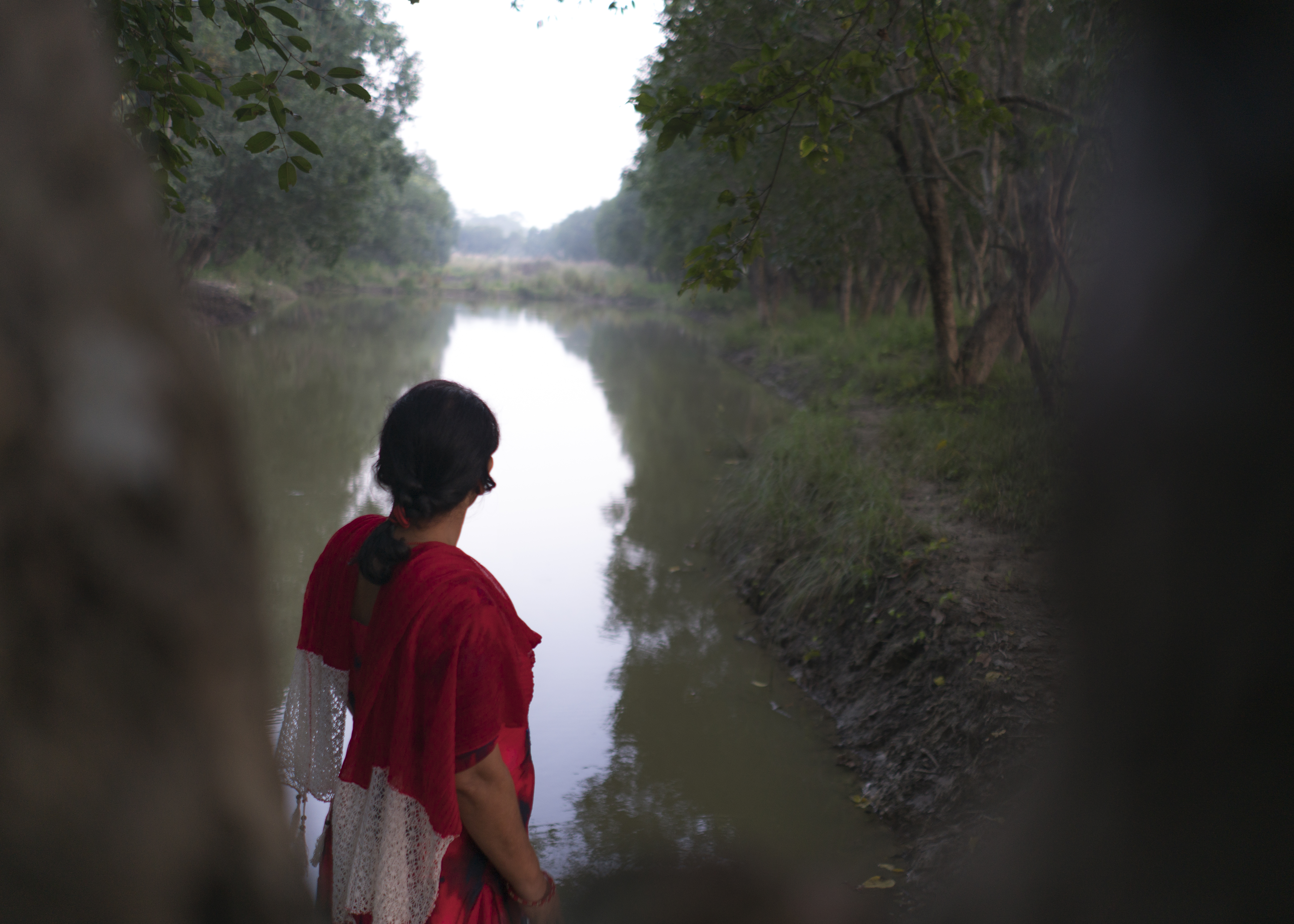
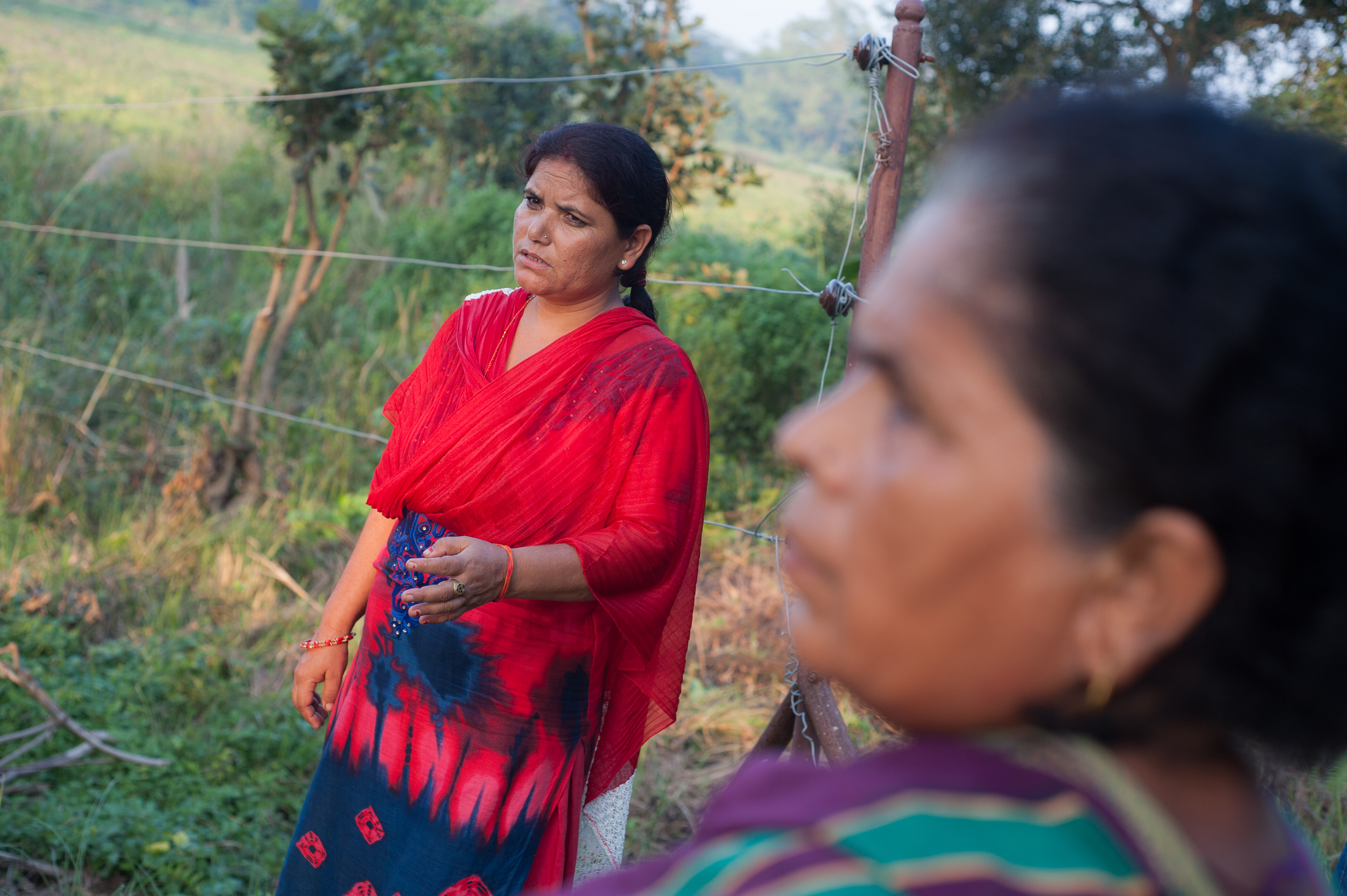
Maya tells us that 17 years ago there was no forest here and her mission was to gather people from the indigenous community of the Tharu people, living in this area, to inspire them for growing a forest, to teach them about conservation, forest maintenance and management.
It was not an easy task to make the locals believe in the forthcoming forest. At the beginning, only three people from the community embraced the idea and supported the forest establishment. During the first years, the community was against the formation of conservation groups and most of the local people were sceptic.
With strong will and persistence, Maya made people believe that they can restore the forest, and benefit of it.
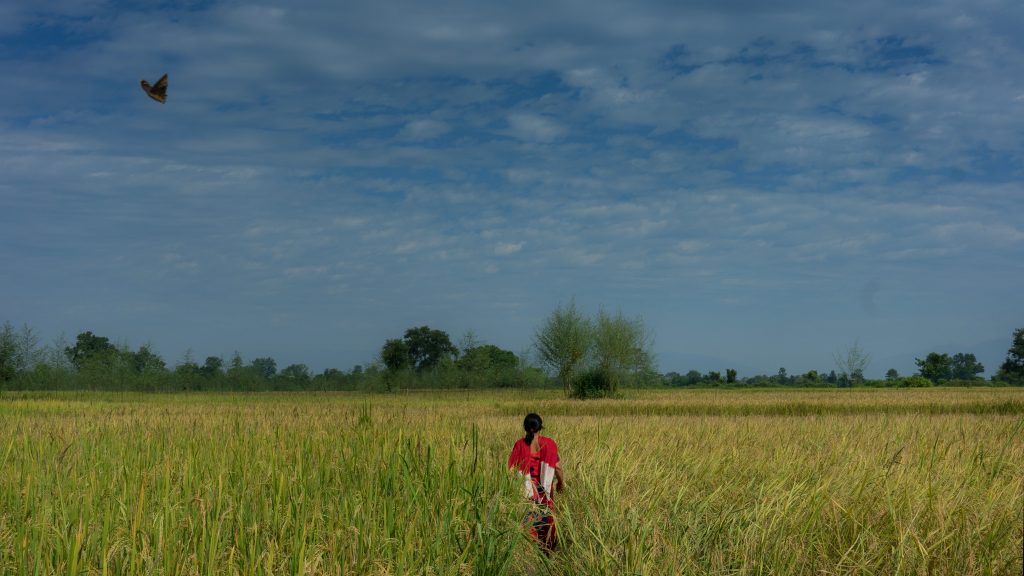
It happened. The Khata Corridor in recent times has become a lively area with growing wildlife movement recorded on both sides of the protected areas.
New challenges appeared with the return of the wildlife. Poaching and illegal activities were recognized in the forest and the solution was to establish civil patrols of young volunteers to monitor the area. The patrols are set for the different forest community groups and ensure there are no illegal activities, pouching and violations in the jungle. Maya helps the forest patrols with information, advices and records the scouts’ data gathered during the patrolling.
Some people tried to make her give up. Because of her active participation in the anti-poaching activities, several times Maya received death threats from poachers – there was even an award for her killing.
But she did not leave the forest conservation work. Maya says her addiction to conservation is keeping her working for the forest and the community no matter what.
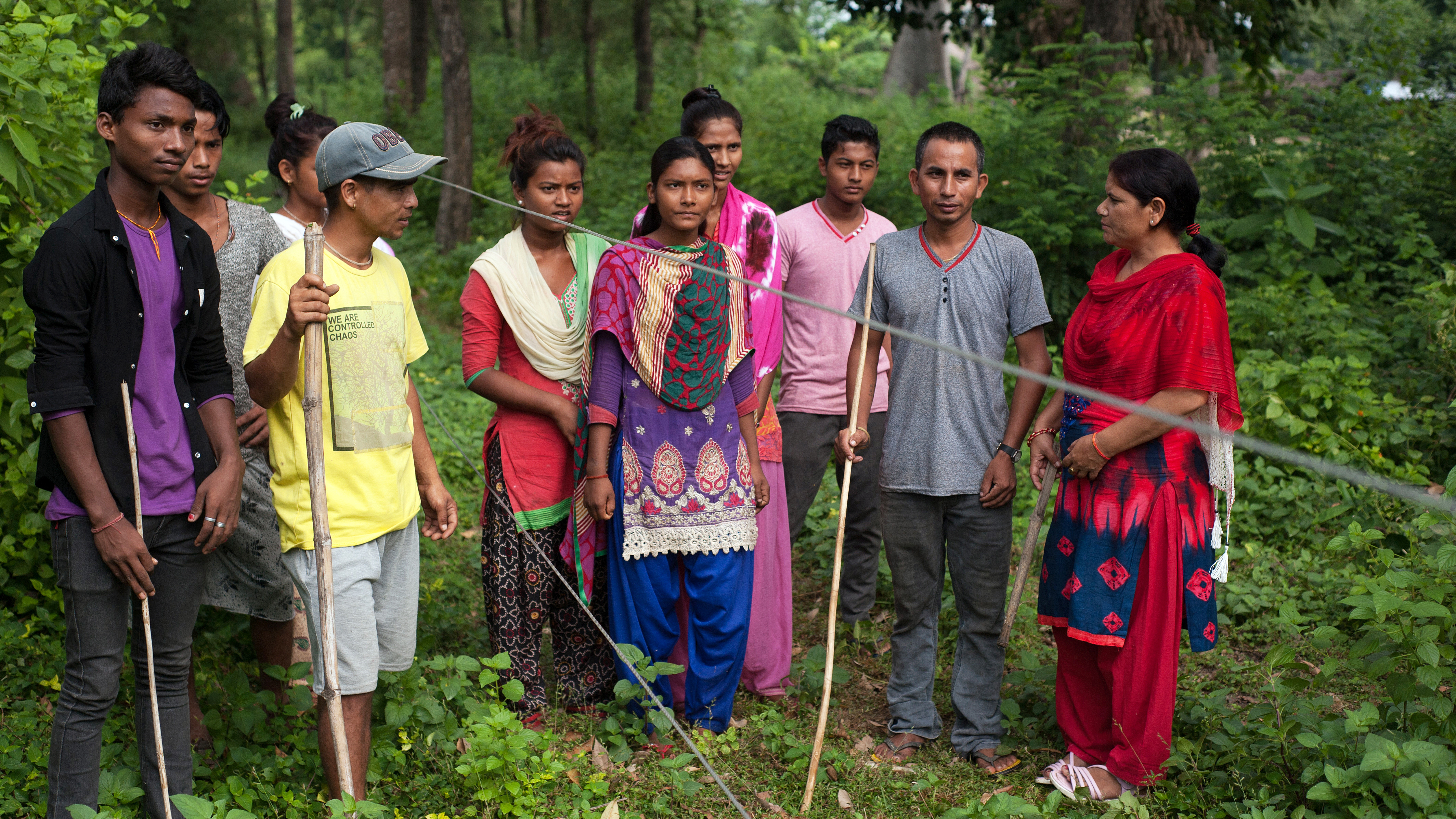
From establishing a management plan for protection of a forest that had not existed, nowadays, the things have significantly changed – the community forest in Khata corridor is critical for tiger and wild animal movement, breeding, and hunting.
“People from the local communities are very positive about the forest conservation in the corridor, as they have seen the change and the benefits for them. They now want to conserve tigers and all wildlife.”
Maya feels that she has invested a lot in the restoration of this area and her efforts are rewarded. She is very proud of being part of the establishment of this important for the wildlife corridor. People from the villages even say that those are “Maya’s animals” and “Maya’s forest”.
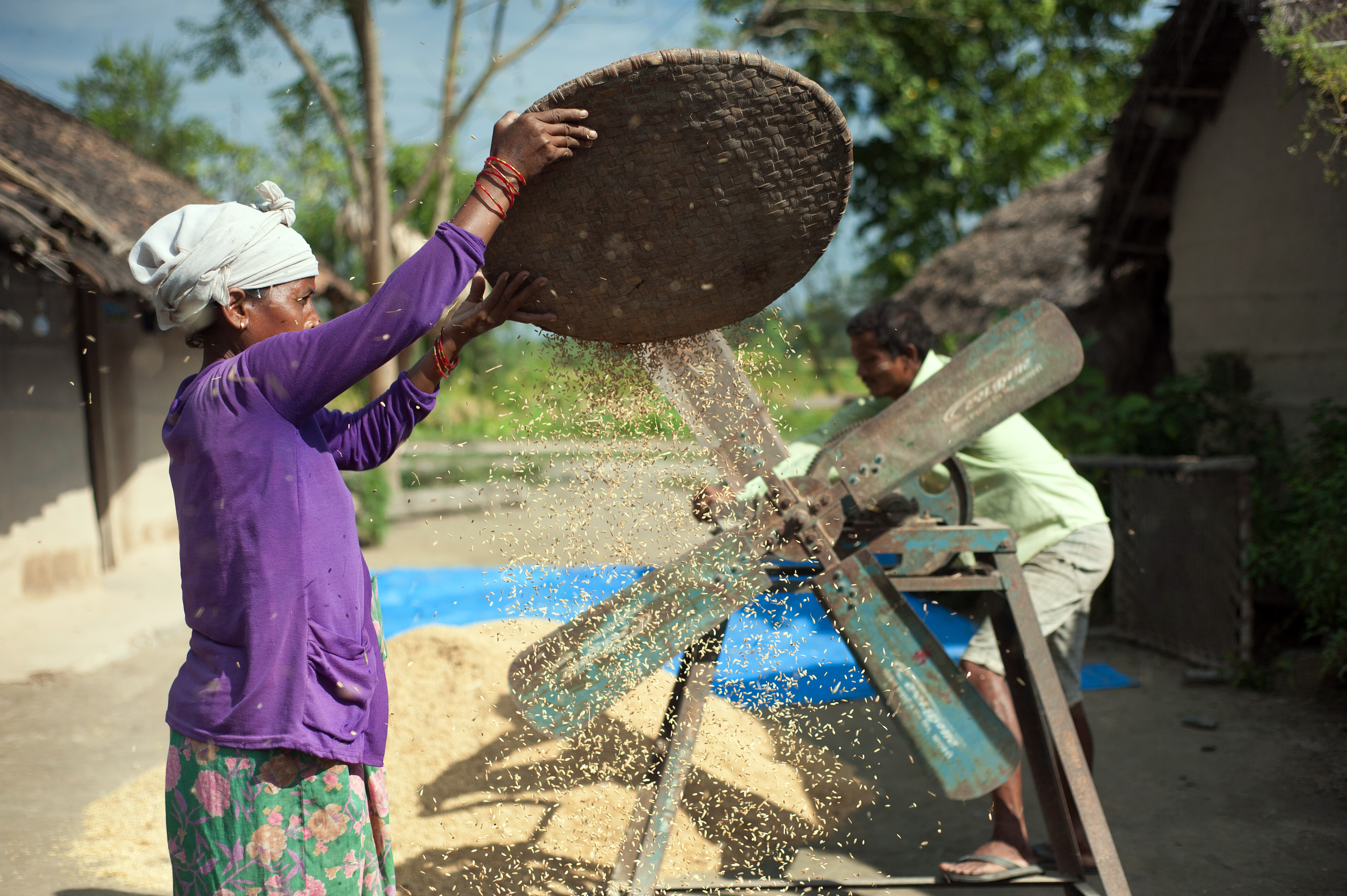
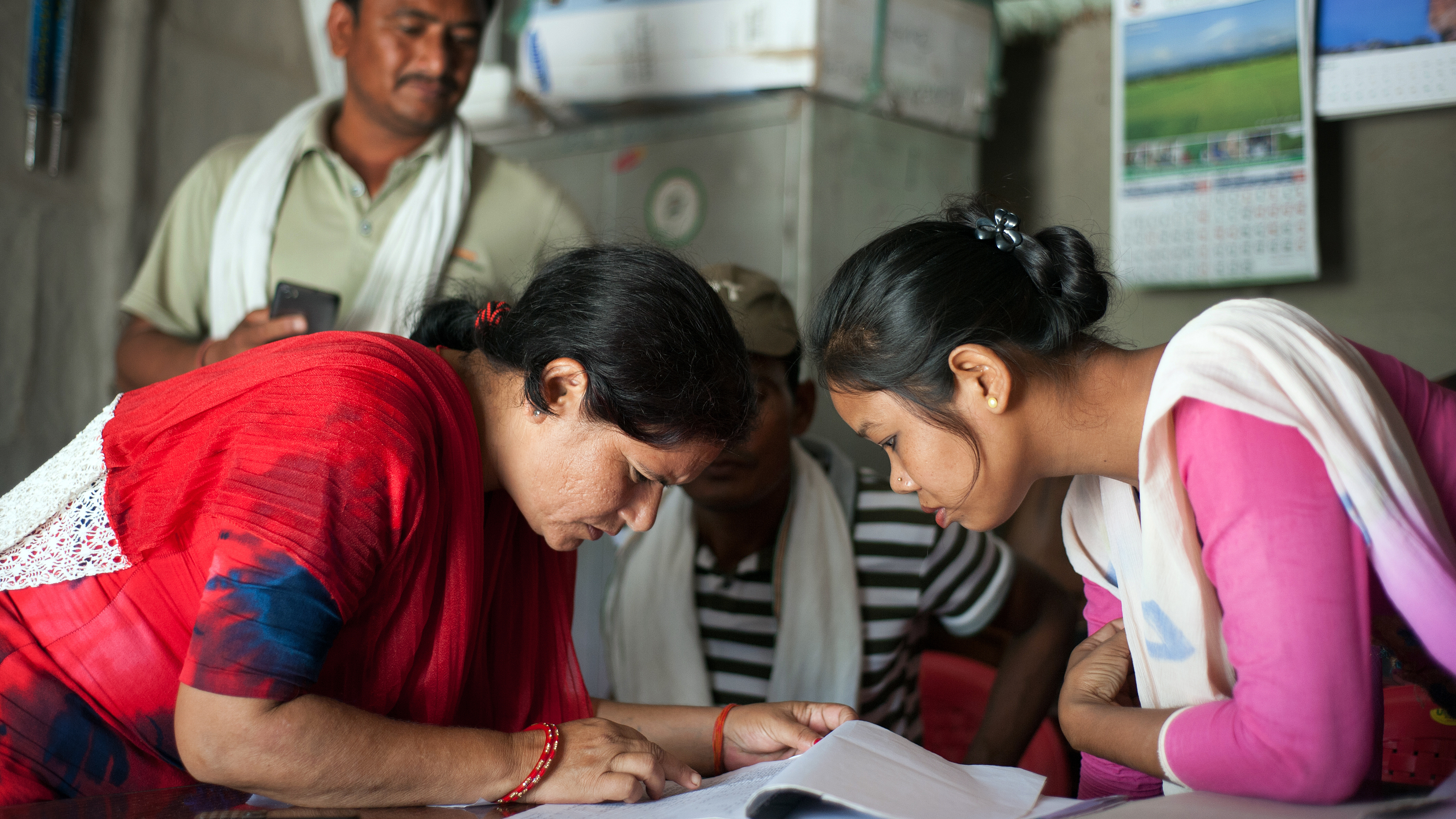
Currently, the conservation challenges in Khata corridor are related to the movement of the wild animals as the corridor passes many settlements and the human-wildlife conflict has appeared.
One of the houses in the village has been destroyed 11 times by elephants. An old woman lives in the house and every time an elephant enters her house, she rebuilds it with help from the locals. Maya is visiting the places where damages are caused and facilitates the resolving of the problems. In this case, she tries to find another place for this woman to resettle and to receive a loan for reparation of her house.
Other regular issues are the loss of crops when wild elephants are entering the agriculture fields of the local people, or predated livestock by tigers and leopards. This stage of balance between conservation and locals’ wellbeing will be very hard for the communities but Maya believes they will find a solution together.
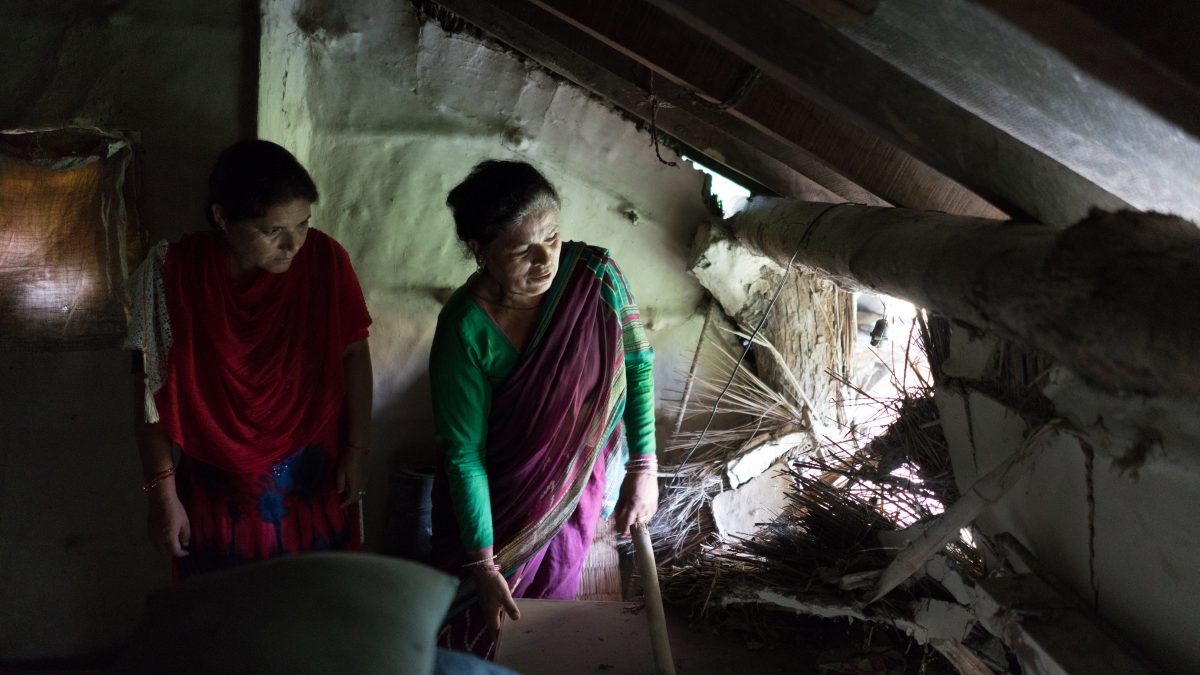
![]()
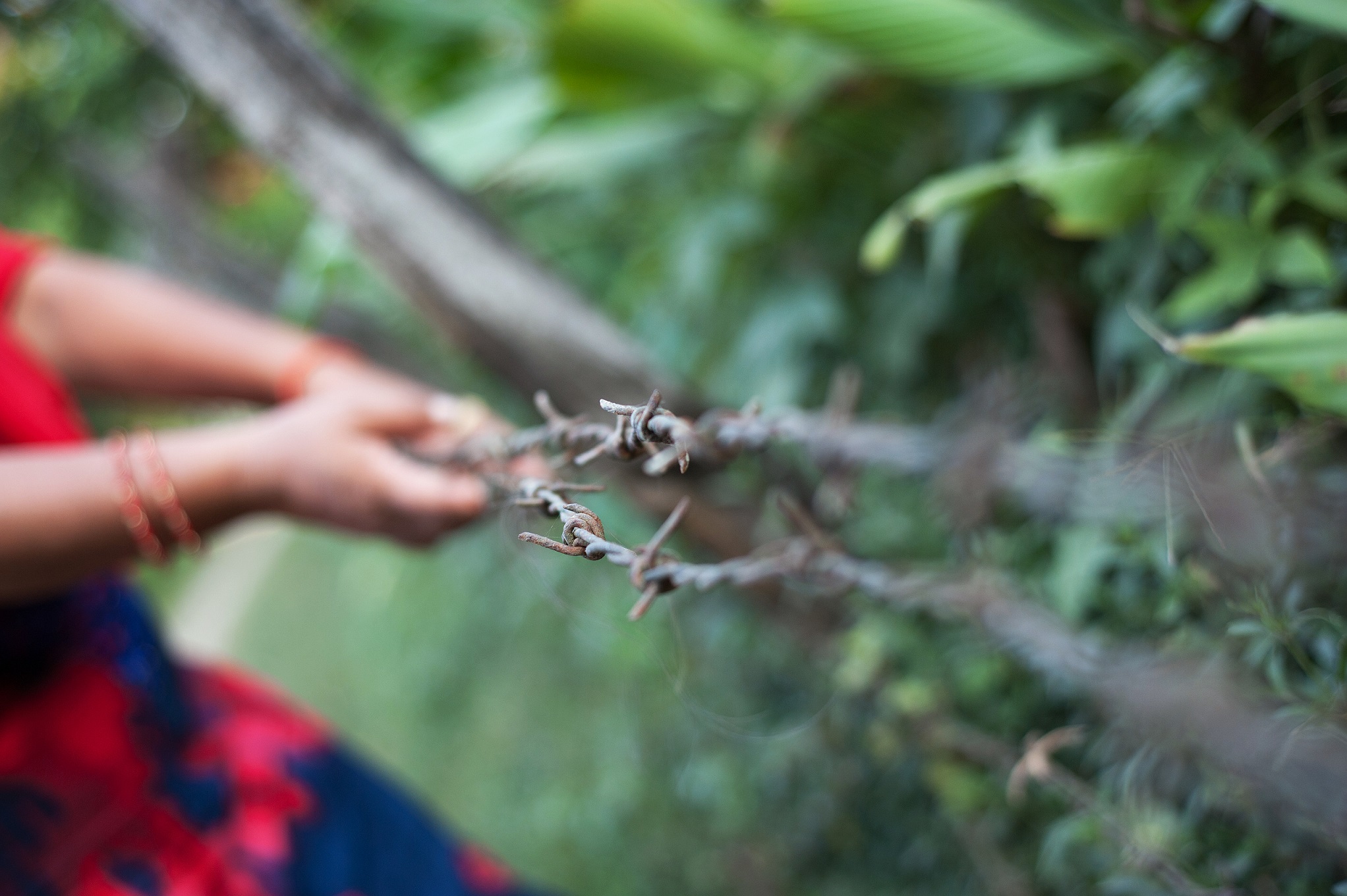
“Apart of all challenges and regrets, when I go the forest and around the wild animals, this really inspires me to continue my work.”
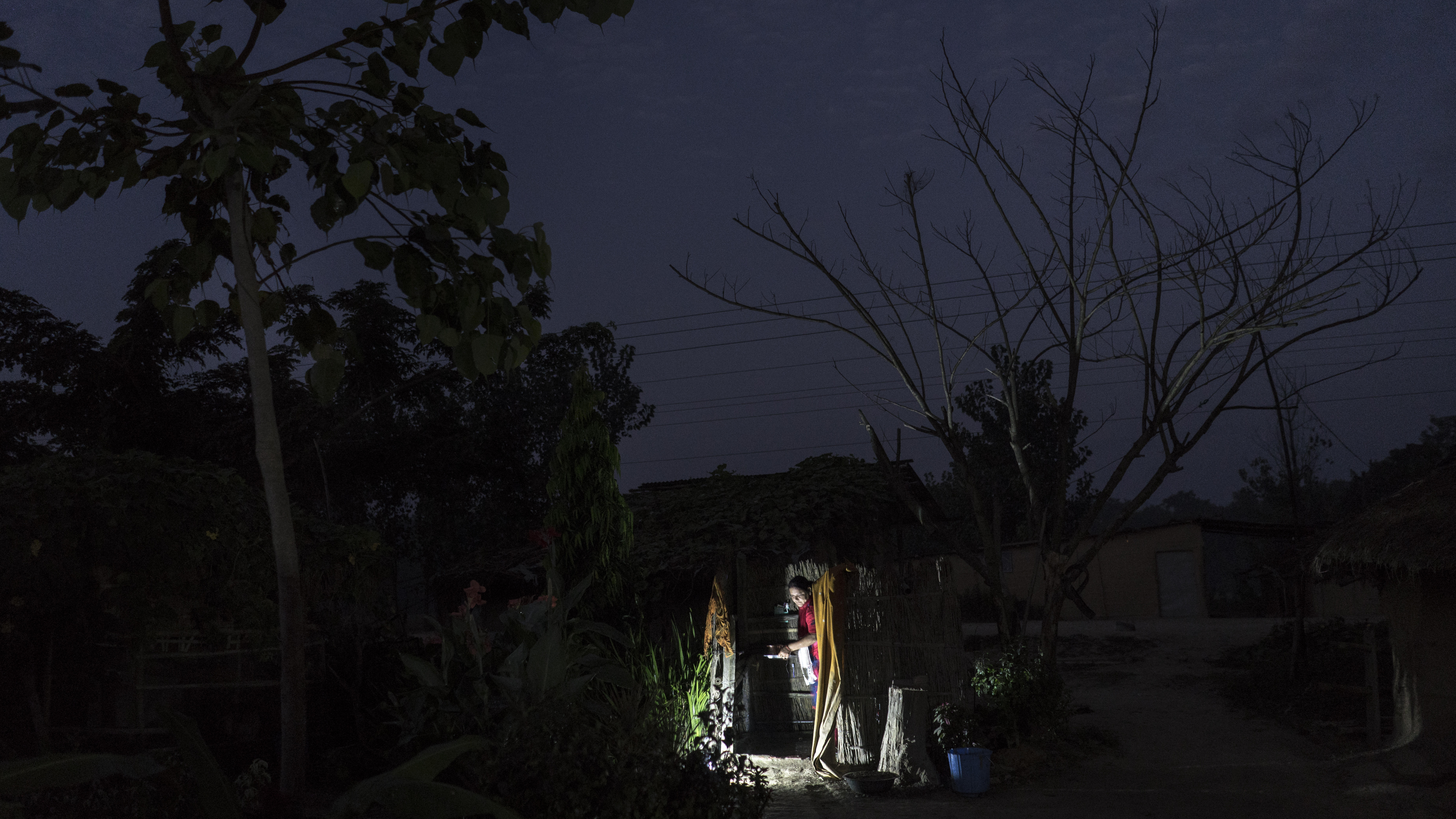
Maya lives in a village next to Khata corridor with her husband and daughter. Every morning she wakes up at 4am to get ready for the day. Under the rhythm of the local “Tiger Radio”, the forest lady brooms the rooms, prepares the food for her family, and takes her silent moments of worshiping.
Maya has a lot of prices and awards for her contribution to the wildlife conservation in Khata corridor. But she says that the community has equal contribution for the conservation achievements. Maya is very proud of her work and her main message as a social motivator is “Conservation should focus on people and then it will be understood.”

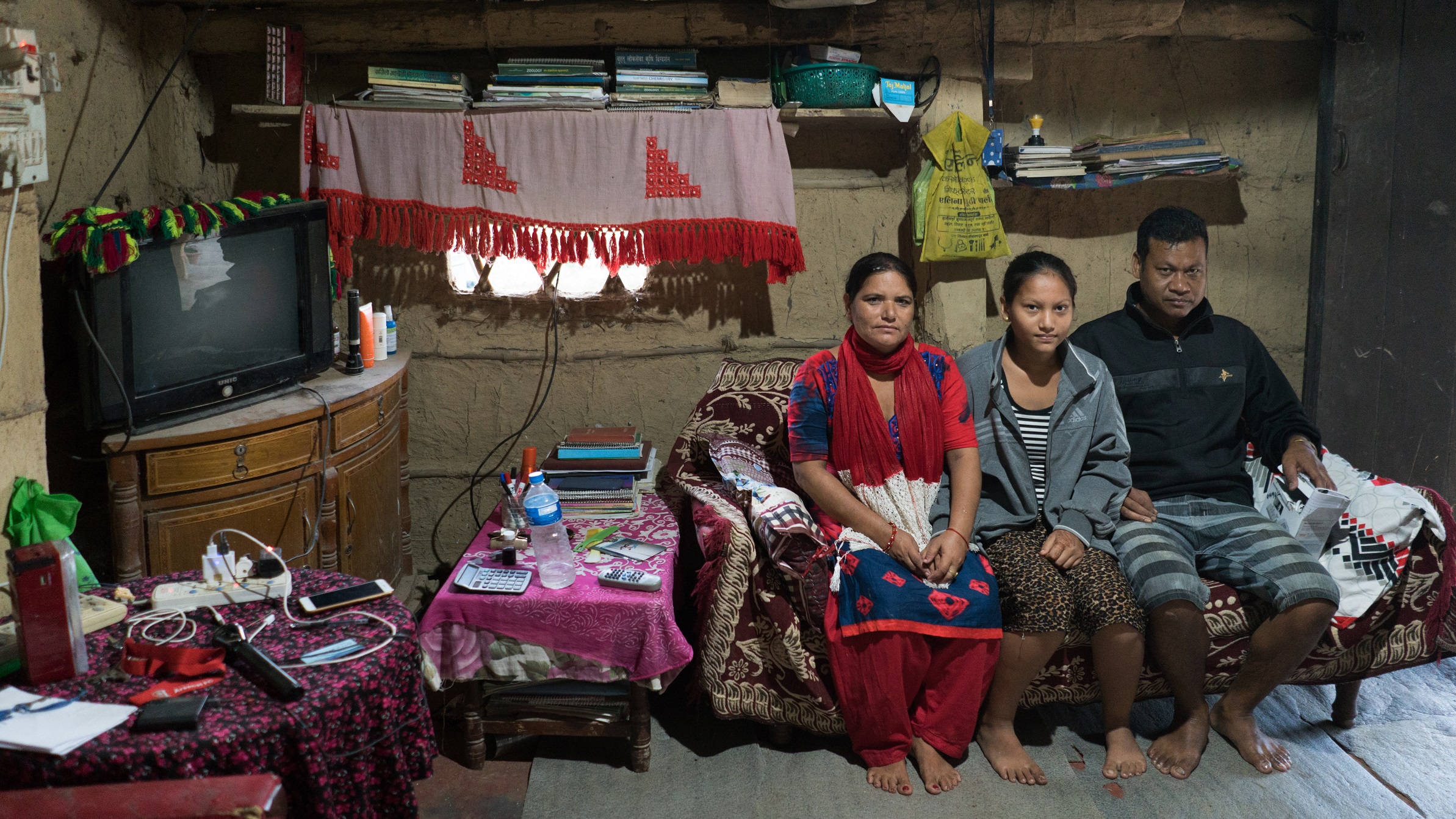
Note:
[1] The Terai Arc Landscape (TAL) program is WWF Nepal’s largest landscape level initiative supporting the government’s TAL program and involves a large number of partner organisations, donor agencies, stakeholders, community-based organisations and local people. The TAL programme was initiated in Nepal in 2001 by the Government of Nepal with the collaboration of WWF Nepal and Department of Forests (DoF) and Department of National Parks and Wildlife Conservation (DNPWC) of the Ministry of Forests and Soil Conservation.
